10 Common Mistakes to Avoid When Buying and Installing Marble or Travertine
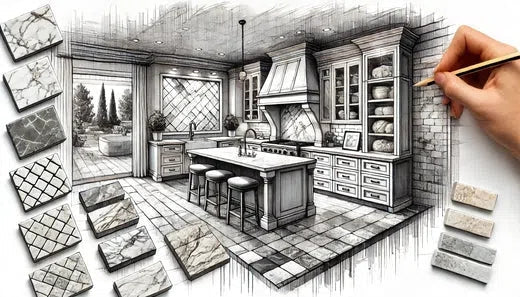
Introduction
Marble and travertine are timeless choices for adding elegance and durability to your home. However, without proper knowledge, homeowners can make costly mistakes during the buying and installation process. In this guide, we’ll explore the ten most common mistakes people make and provide practical tips to ensure your investment in natural stone enhances your space beautifully and efficiently.
1. Not Understanding the Stone's Characteristics
The Mistake: Assuming all marble and travertine are the same.
Solution: Learn about the differences between marble and travertine, including their density, porosity, and maintenance requirements. For example:
- Marble (e.g., Carrara, Calacatta) is denser and offers a polished, luxurious finish.
- Travertine (e.g., noce, ivory, walnut) has a more rustic appearance and is ideal for outdoor and high-moisture areas.
2. Overlooking the Importance of Sealing
The Mistake: Skipping sealing to save time or costs.
Solution: Always seal marble and travertine before use to prevent staining and water absorption. Regular resealing every 6-12 months will maintain the stone’s integrity, especially in kitchens, bathrooms, and outdoor areas.
3. Choosing the Wrong Finish for the Application
The Mistake: Using polished marble on a bathroom floor or unsealed travertine in a wet area.
Solution:
- Use honed or tumbled travertine for wet and high-traffic areas to ensure slip resistance.
- Opt for polished marble on walls or decorative surfaces for a sleek, sophisticated look.
4. Ignoring Color Variations
The Mistake: Expecting uniformity in natural stone.
Solution: Understand that natural stones like marble and travertine have inherent color and pattern variations, which add to their uniqueness. Always request samples or view the slabs in person before purchase.
5. Failing to Budget for Waste and Extras
The Mistake: Ordering exactly the square footage needed without accounting for cuts or breakage.
Solution: Order 10-15% more material than your calculated square footage to account for waste during installation and future repairs.
6. Hiring Inexperienced Installers
The Mistake: Choosing installers without experience in natural stone.
Solution: Hire professionals with expertise in marble and travertine installation. These materials require careful handling, precise cuts, and proper sealing to achieve a flawless result.
7. Neglecting Proper Maintenance
The Mistake: Using harsh or improper cleaning products.
Solution: Clean marble and travertine with pH-neutral cleaners to avoid etching or dulling the surface. Avoid acidic substances like vinegar or lemon juice.
8. Choosing the Wrong Grout Color
The Mistake: Using grout that contrasts too strongly with the stone.
Solution: Match the grout color to the stone for a seamless look. For mosaics, consider using a complementary color to highlight intricate patterns.
9. Skipping a Dry Layout Before Installation
The Mistake: Installing tiles without checking the layout first.
Solution: Arrange the tiles on the floor before installation to ensure the veining or patterns flow naturally and meet your design expectations.
10. Forgetting About Future Repairs
The Mistake: Disposing of leftover tiles after the project.
Solution: Always keep a few extra tiles for future repairs. Marble and travertine can vary from batch to batch, so having spares ensures a perfect match.
Expert Tips for Success
- Work with Reliable Suppliers: Choose reputable suppliers who provide high-quality, authentic natural stones like Carrara marble or scabos travertine.
- Inspect Slabs in Person: When possible, visit the supplier to inspect the actual slabs or tiles you’re purchasing.
- Ask for Expert Advice: Consult with interior designers or tile experts to choose the best stone, finish, and layout for your space.
FAQs About Buying and Installing Marble and Travertine
-
How do I know if marble or travertine is right for my project?
- Consider the application, aesthetics, and maintenance needs. Marble is ideal for luxurious, polished looks, while travertine suits rustic and outdoor spaces.
-
What’s the best way to clean natural stone?
- Use pH-neutral cleaners and avoid acidic or abrasive products. Seal the stone regularly for added protection.
-
Can marble and travertine be used together in the same space?
- Yes, mixing the two creates contrast and depth. For example, use marble for countertops and travertine for flooring.
-
How do I prevent my marble countertops from etching?
- Use coasters and trivets, clean spills promptly, and seal the surface regularly.
-
What’s the best finish for outdoor travertine?
- Tumbled or brushed finishes provide slip resistance and blend seamlessly with natural landscapes.
Conclusion
Avoiding these common mistakes can save you time, money, and frustration when working with marble and travertine. By understanding the characteristics of these stones, choosing the right finish, and maintaining them properly, you’ll ensure that your investment adds lasting beauty and value to your home.
Whether it’s a polished Carrara marble backsplash or tumbled travertine pavers for your patio, proper planning and execution are key to achieving a flawless result. With the tips and solutions in this guide, you can enjoy the elegance of natural stone for years to come.

 Best Selling Marble Collections
Best Selling Marble Collections
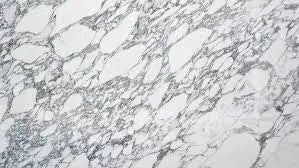 Arabescato Corchia
Arabescato Corchia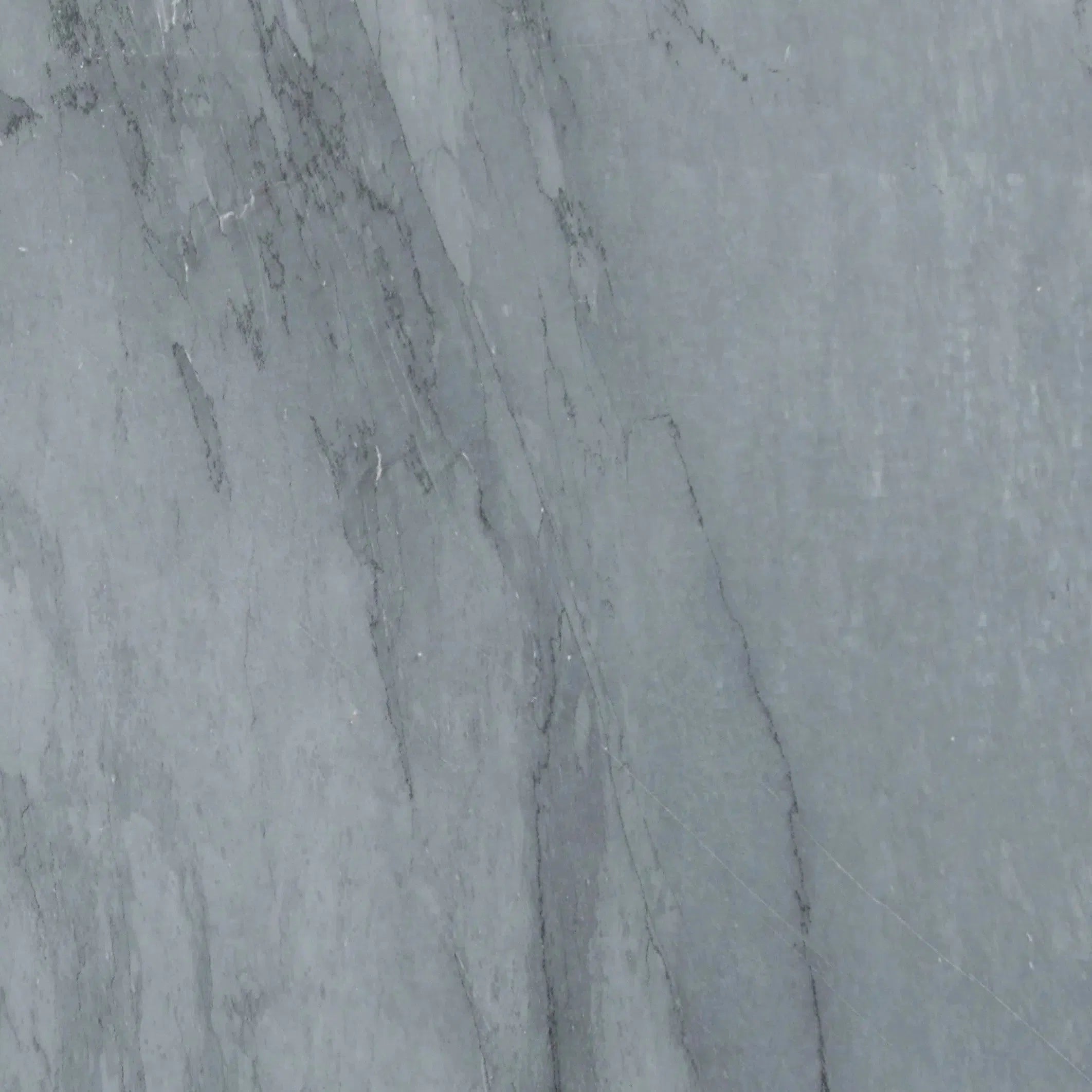 Bardiglio
Bardiglio Bianco Dolomite
Bianco Dolomite  Carrara White
Carrara White  Calacatta Gold
Calacatta Gold Crema Marfil
Crema Marfil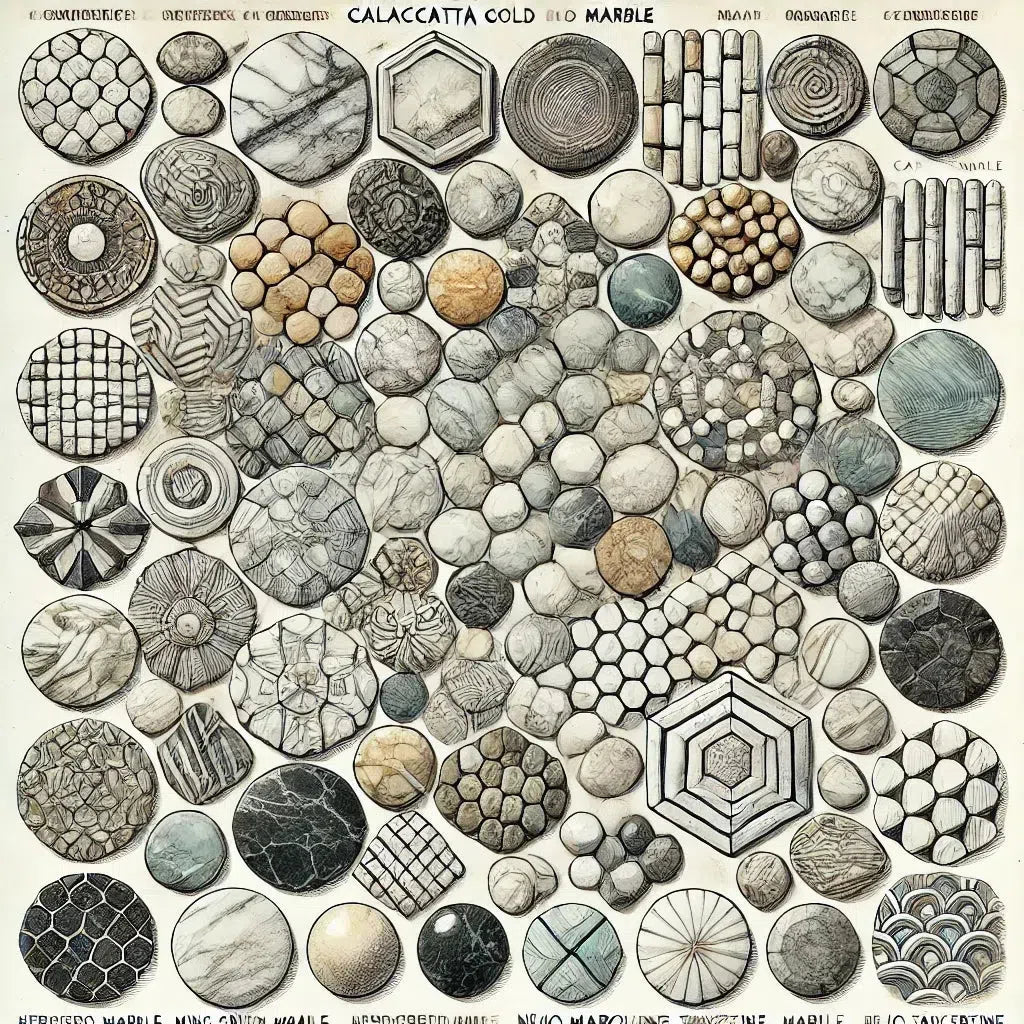 Custom Made Mosaic
Custom Made Mosaic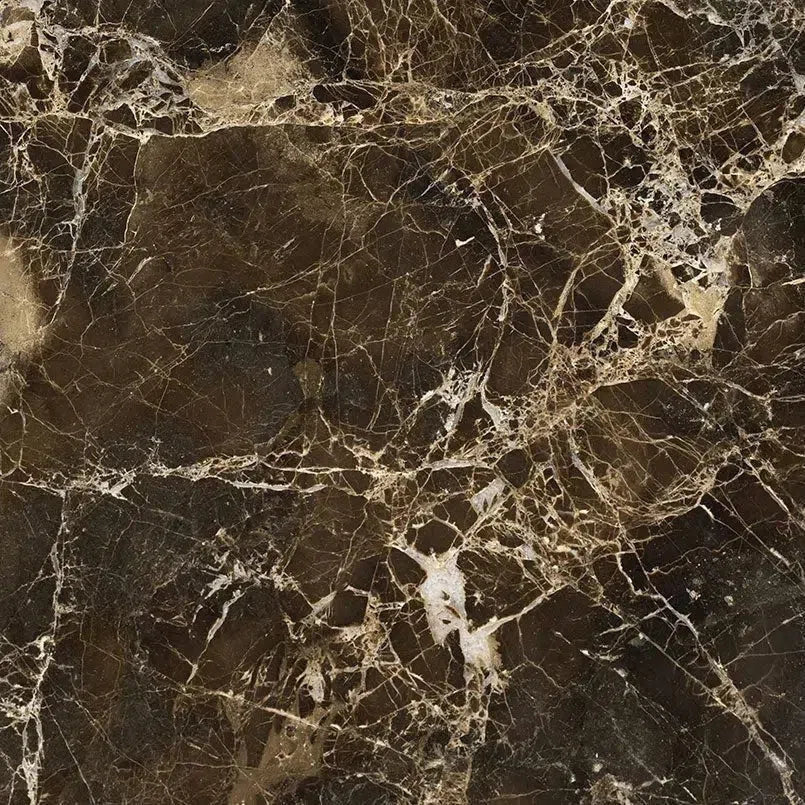 Emperador Dark
Emperador Dark Nero Marquina
Nero Marquina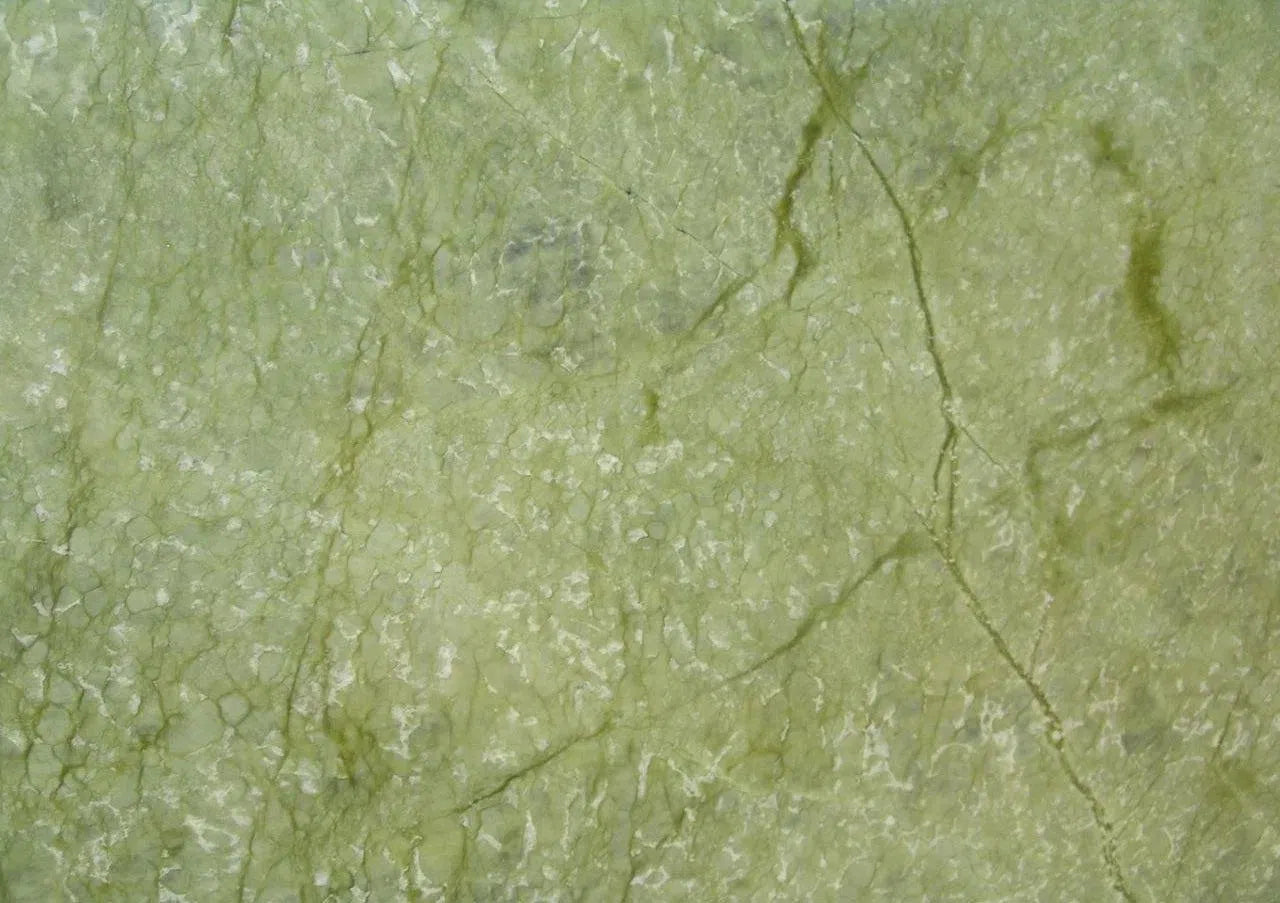 Ming Green Marble
Ming Green Marble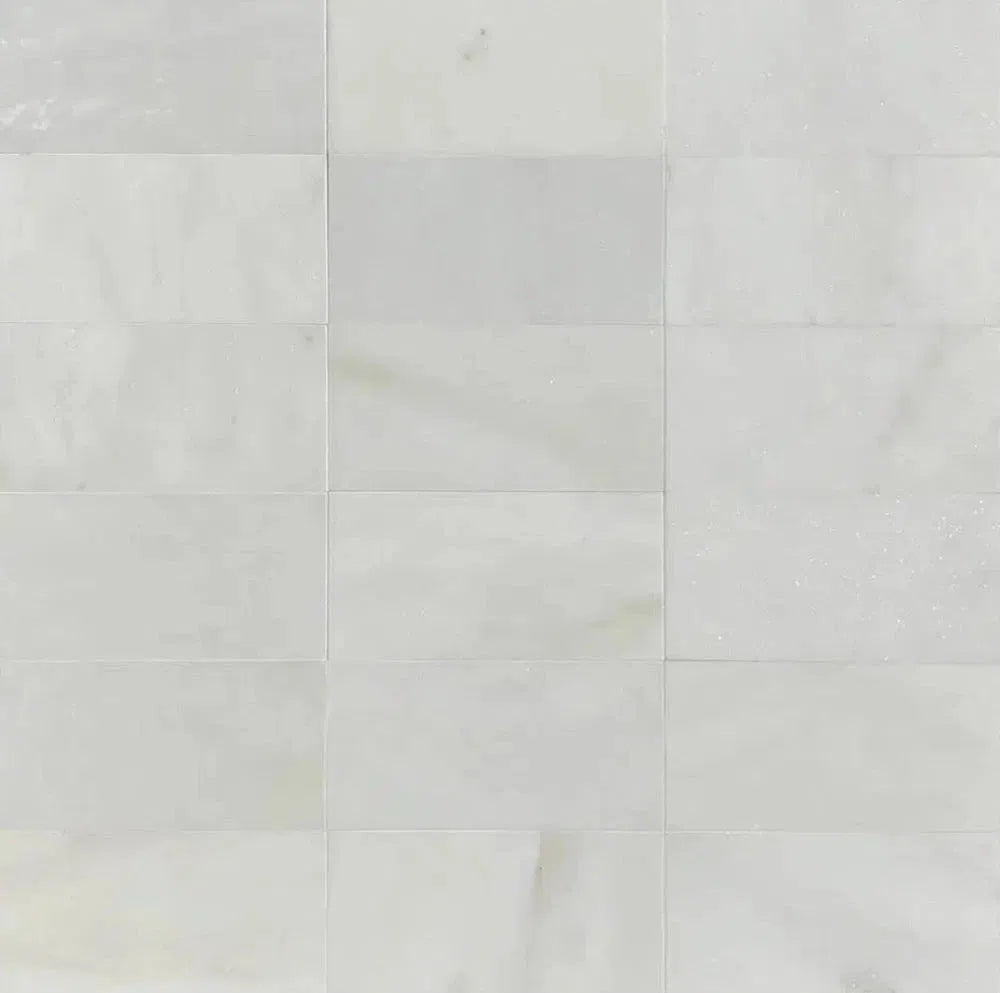 Oriental White Marble (Asian Statuary Marble)
Oriental White Marble (Asian Statuary Marble) Statuary - Statuario White (Italian) Marble
Statuary - Statuario White (Italian) Marble Thassos White
Thassos White White Pearl/Botticino Beige Marble
White Pearl/Botticino Beige Marble Best Selling Travertine Collections
Best Selling Travertine Collections
 Ivory Travertine
Ivory Travertine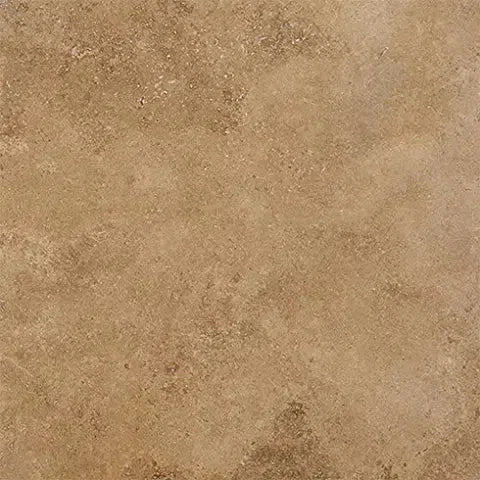 Noce Travertine
Noce Travertine Exotic Noce Travertine
Exotic Noce Travertine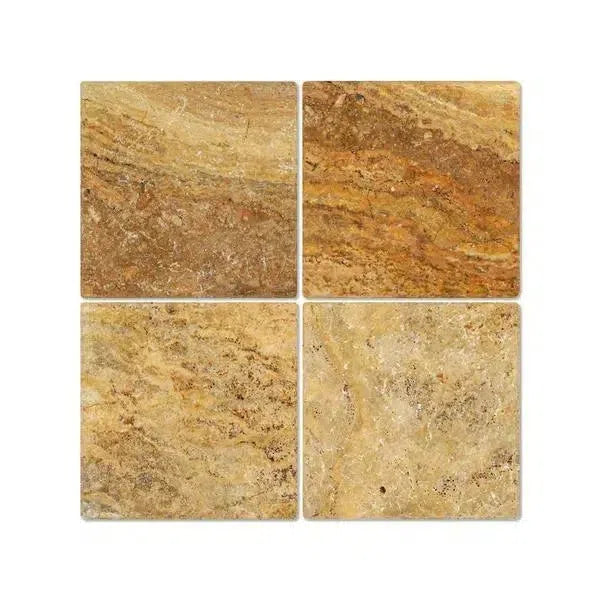 Scabos | Autumn Leaves Travertine
Scabos | Autumn Leaves Travertine Silver Travertine
Silver Travertine Exotic Travertine
Exotic Travertine Checkerboard
Checkerboard
 Patterned Tile
Patterned Tile
 Shop By Material
Shop By Material
 Travertine
Travertine Marble
Marble Limestone
Limestone Soap Stone
Soap Stone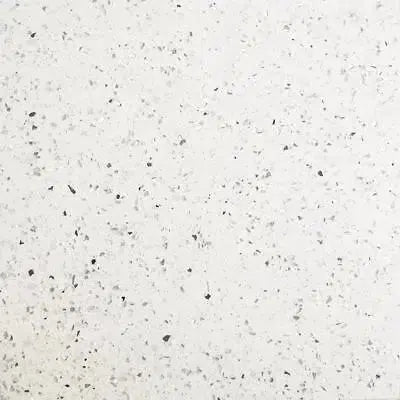 Quartz
Quartz Granite
Granite Shop By Name
Shop By Name
 Absolute Black Granite
Absolute Black Granite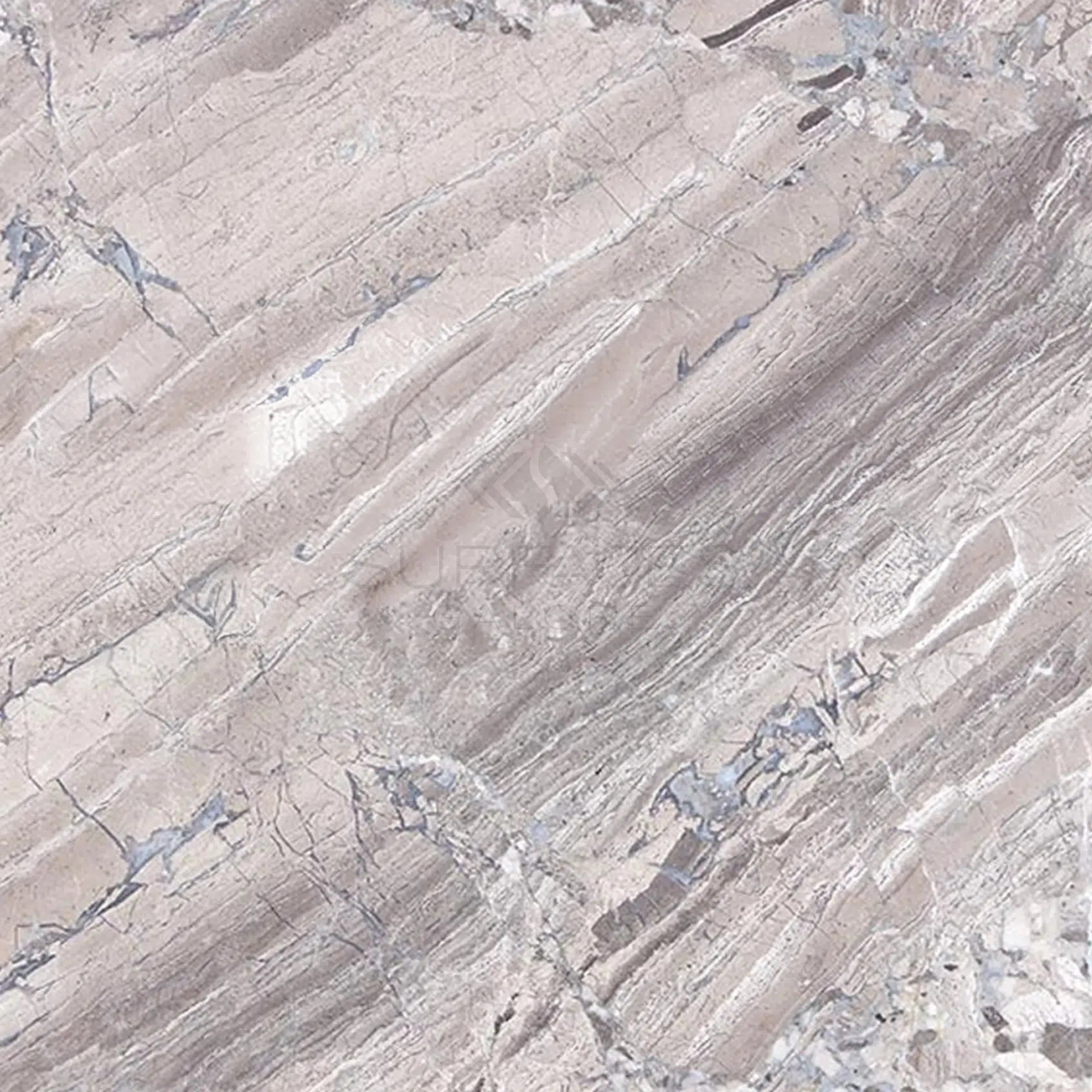 Atlantic Gray Marble
Atlantic Gray Marble Antico Onyx Travertine
Antico Onyx Travertine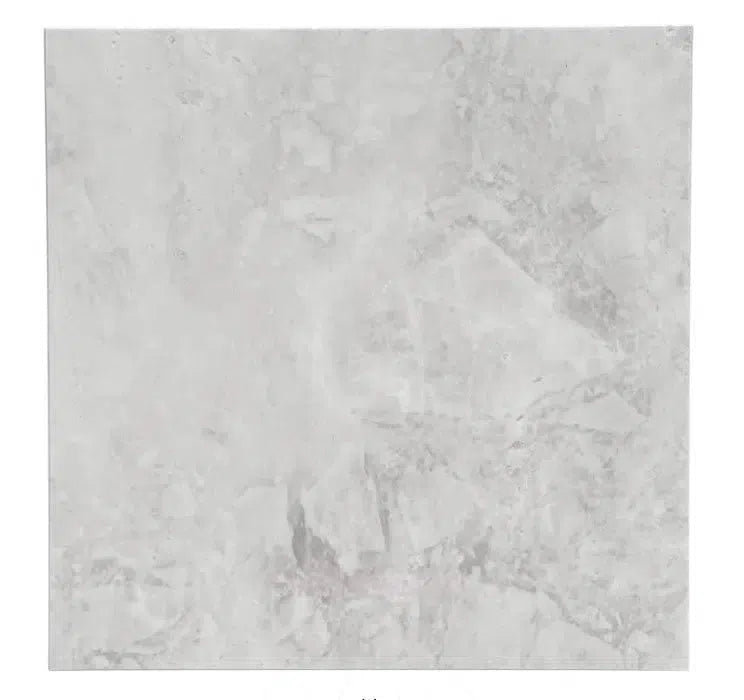 Bianco Congelato Dolomite
Bianco Congelato Dolomite Bianco Venatino (Bianco Mare) Marble
Bianco Venatino (Bianco Mare) Marble Calacatta Verde Royale Marble
Calacatta Verde Royale Marble Cappuccino Marble
Cappuccino Marble Diano Royal (Queen Beige) Marble
Diano Royal (Queen Beige) Marble Durango Cream Traverine
Durango Cream Traverine Emperador Light Marble
Emperador Light Marble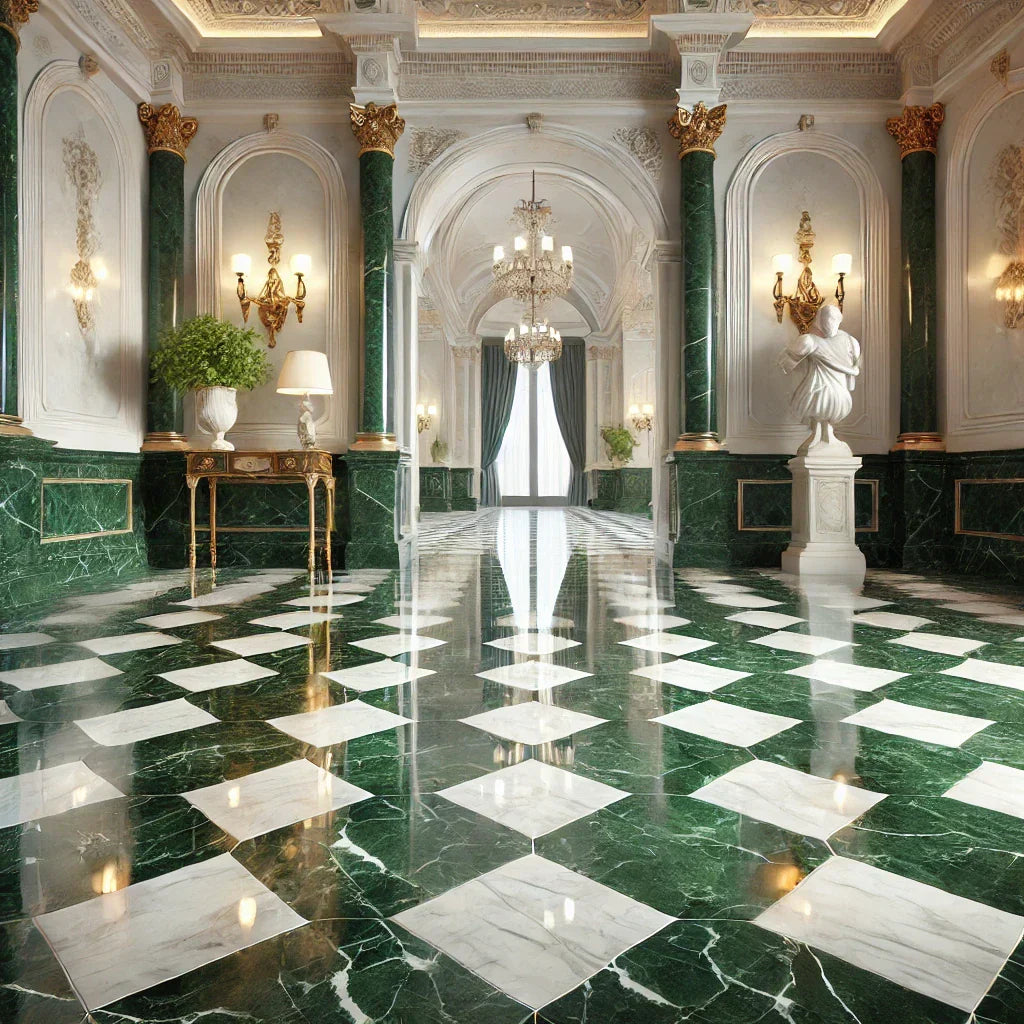 Empress Green Marble
Empress Green Marble Gold/Yellow Travertine
Gold/Yellow Travertine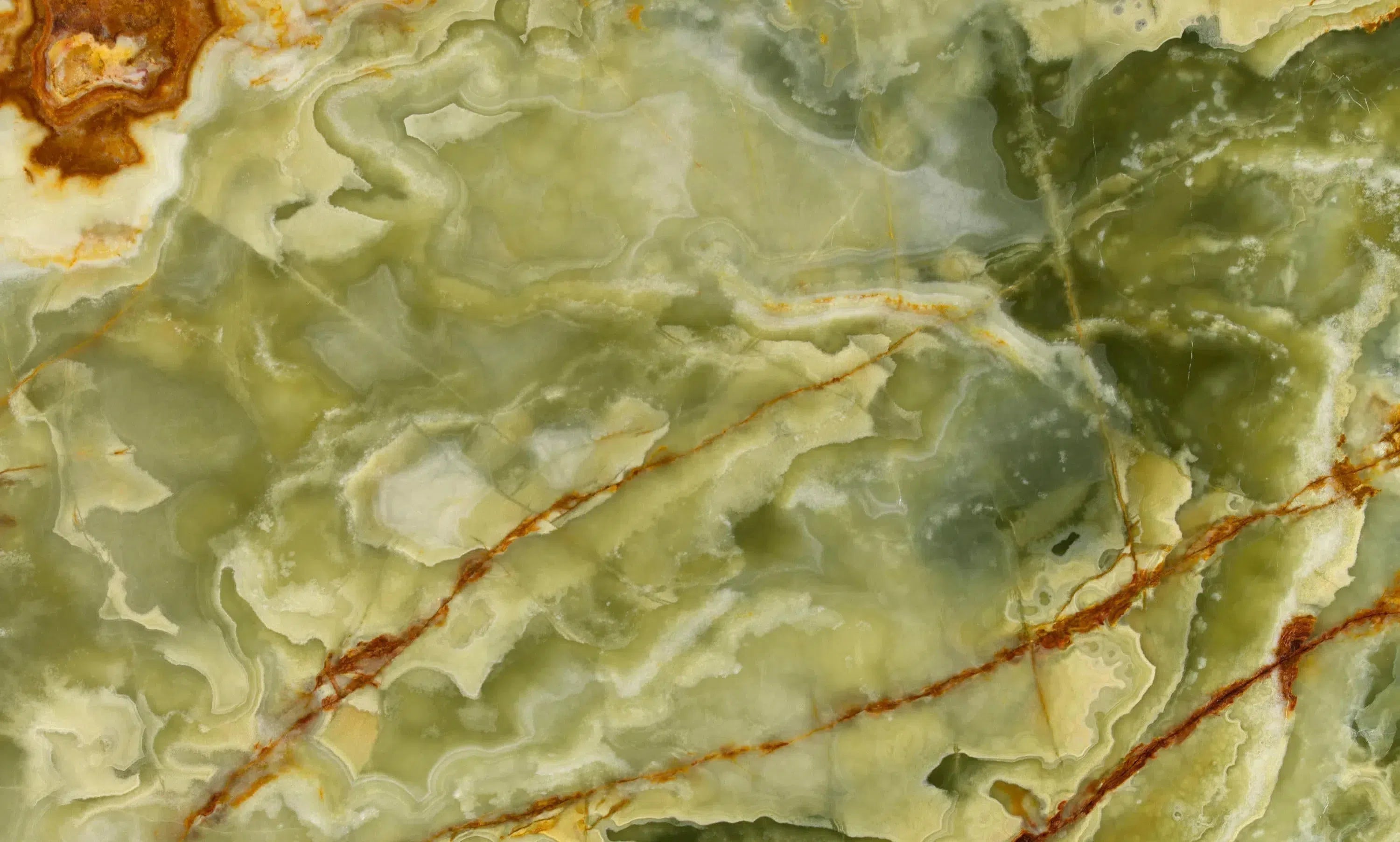 Green Onyx Marble
Green Onyx Marble Haisa Light (White Wood) Limestone
Haisa Light (White Wood) Limestone Honey Onyx Marble
Honey Onyx Marble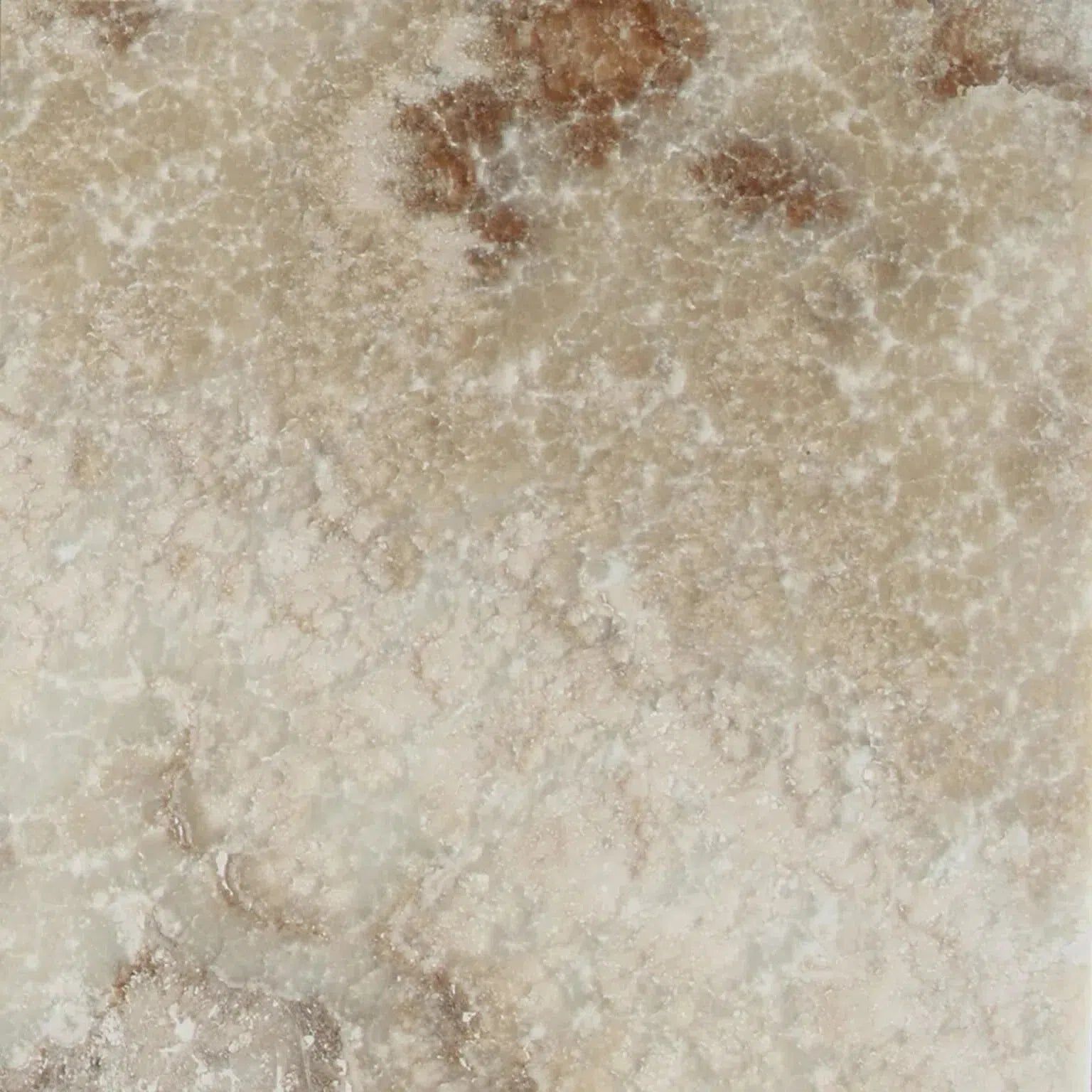 La Travonya Travertine
La Travonya Travertine Malibu Travertine
Malibu Travertine Mink (Equator) Marble
Mink (Equator) Marble Mixed (Ivory-Noce-Gold) Travertine
Mixed (Ivory-Noce-Gold) Travertine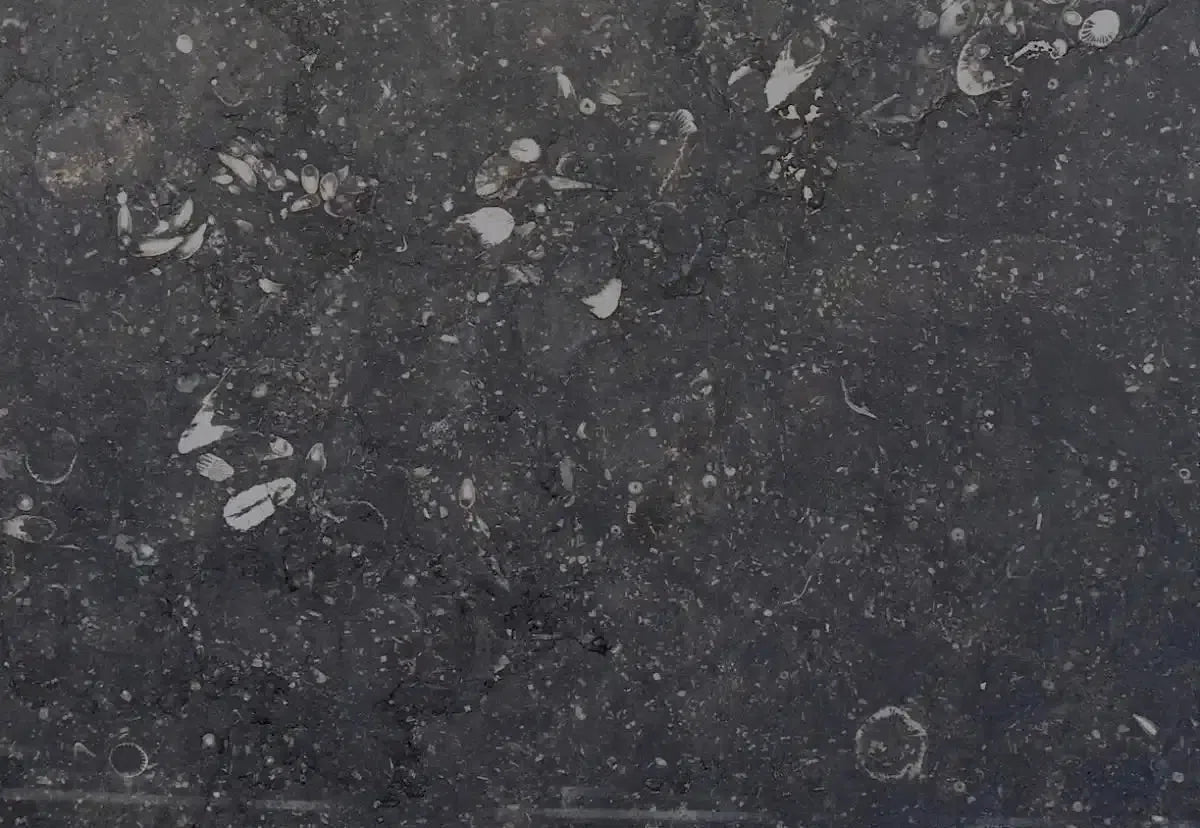 Pierre Bleue (Pierre Blue) Marble
Pierre Bleue (Pierre Blue) Marble Philadelphia Travertine
Philadelphia Travertine Rosé Aurora Marble
Rosé Aurora Marble Rosso Levanto Marble
Rosso Levanto Marble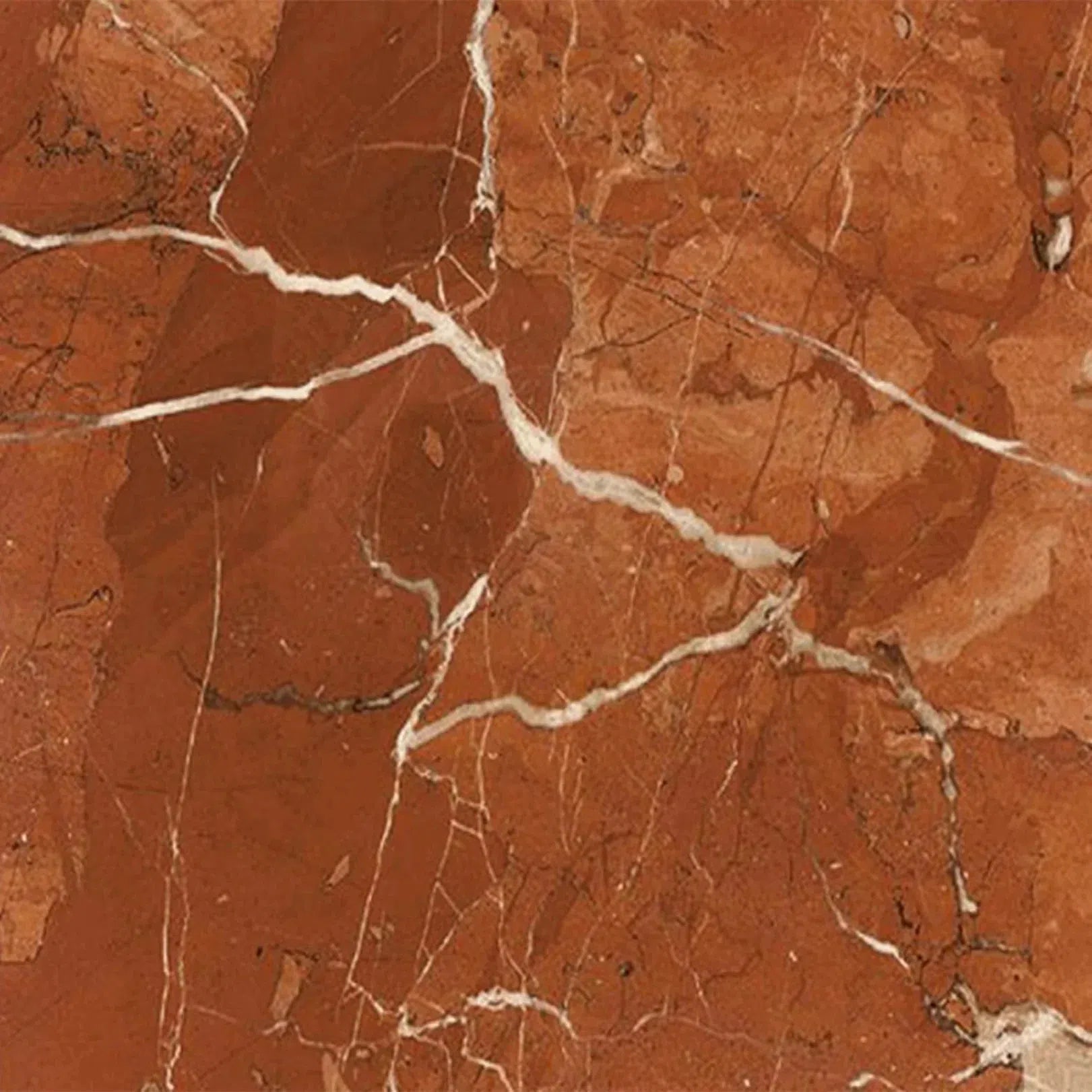 Rojo Alicante Marble
Rojo Alicante Marble Sky Blue | Azul Cielo Marble
Sky Blue | Azul Cielo Marble Snow White (Afyon White) Marble
Snow White (Afyon White) Marble Spanish Mix Marble
Spanish Mix Marble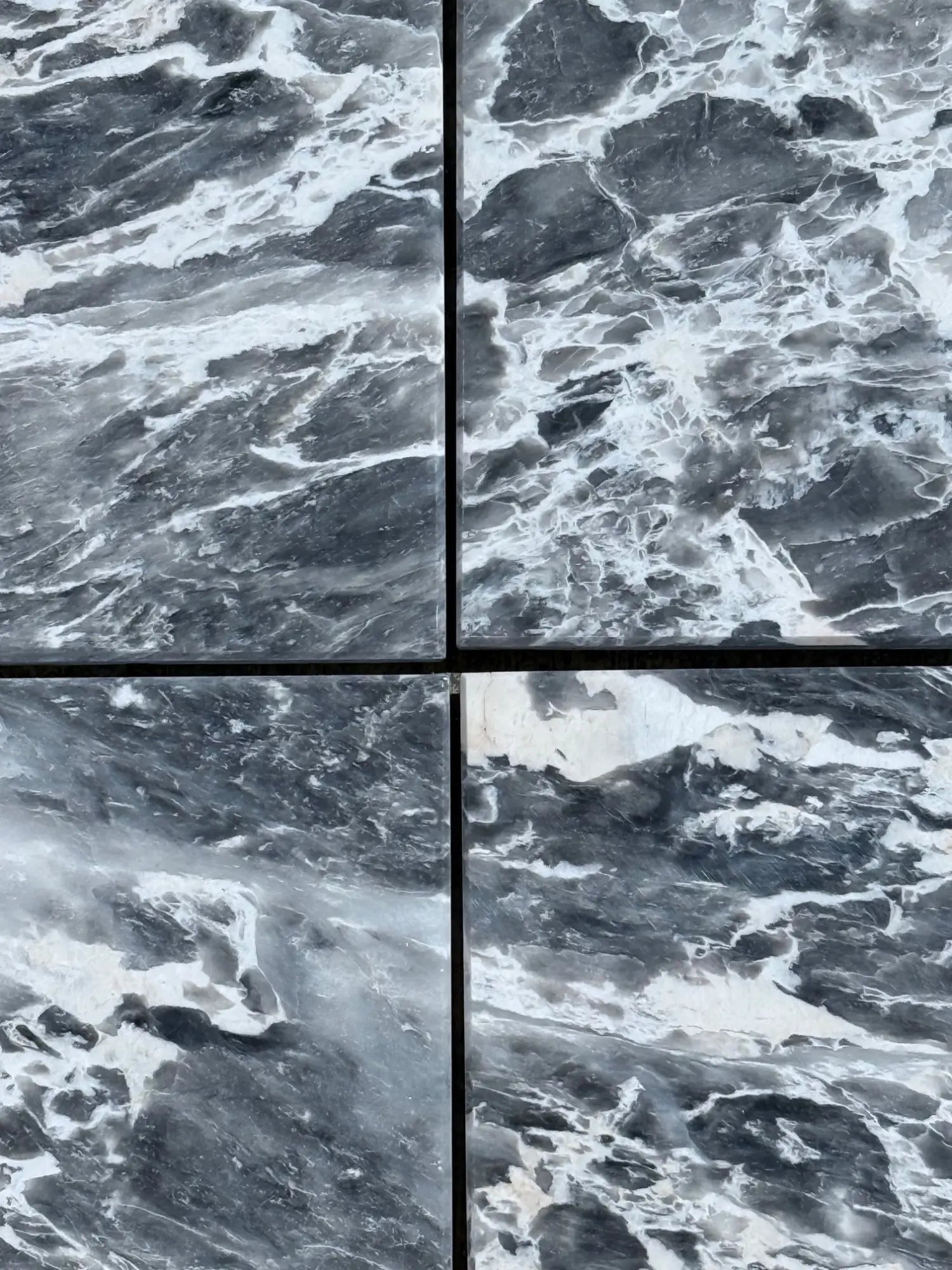 Storm Gray Marble
Storm Gray Marble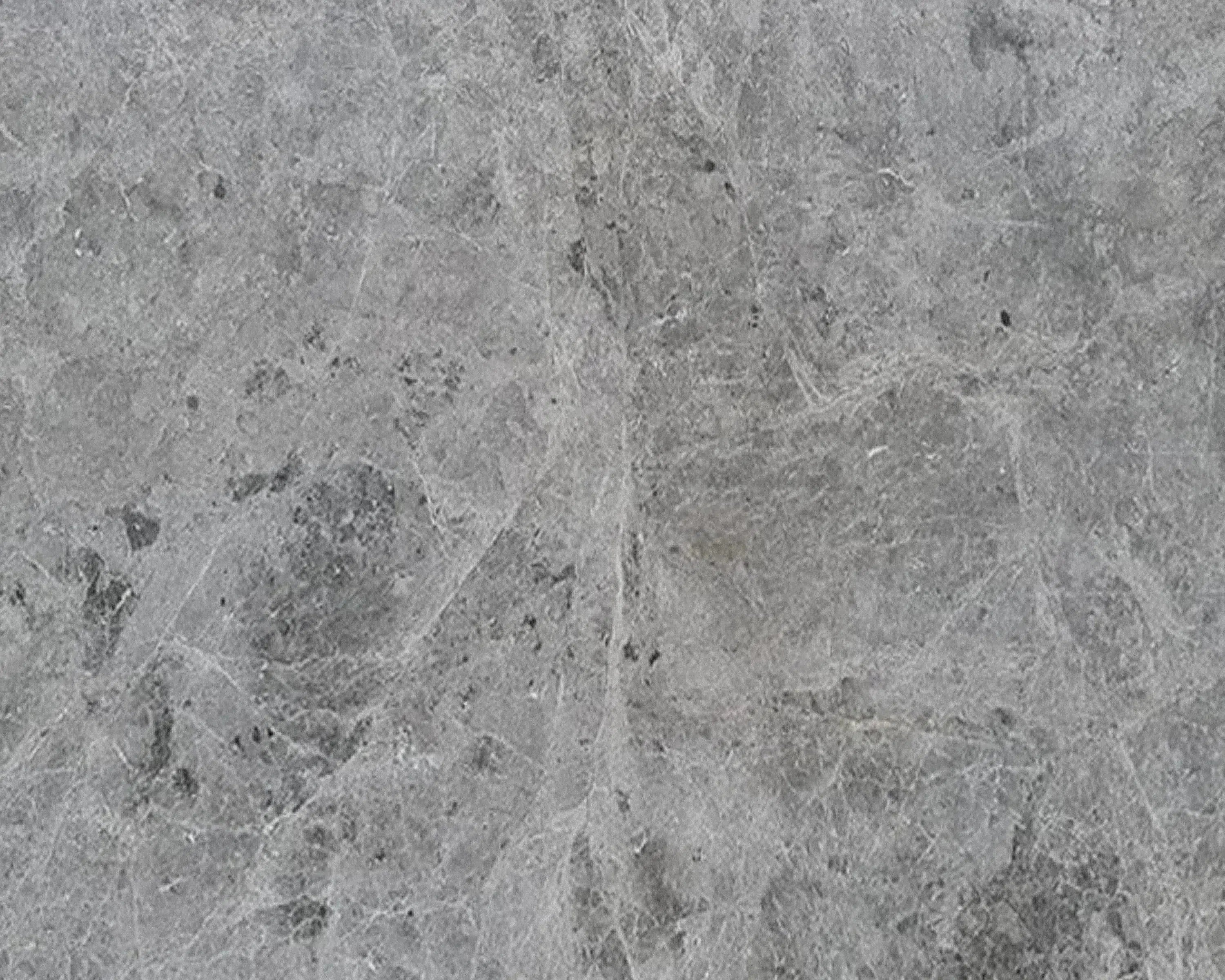 Tundra Gray (Atlantic Gray) Marble
Tundra Gray (Atlantic Gray) Marble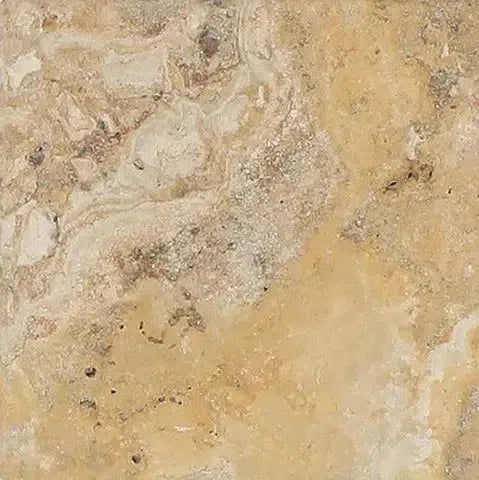 Valencia Travertine
Valencia Travertine Valerenga Travertine
Valerenga Travertine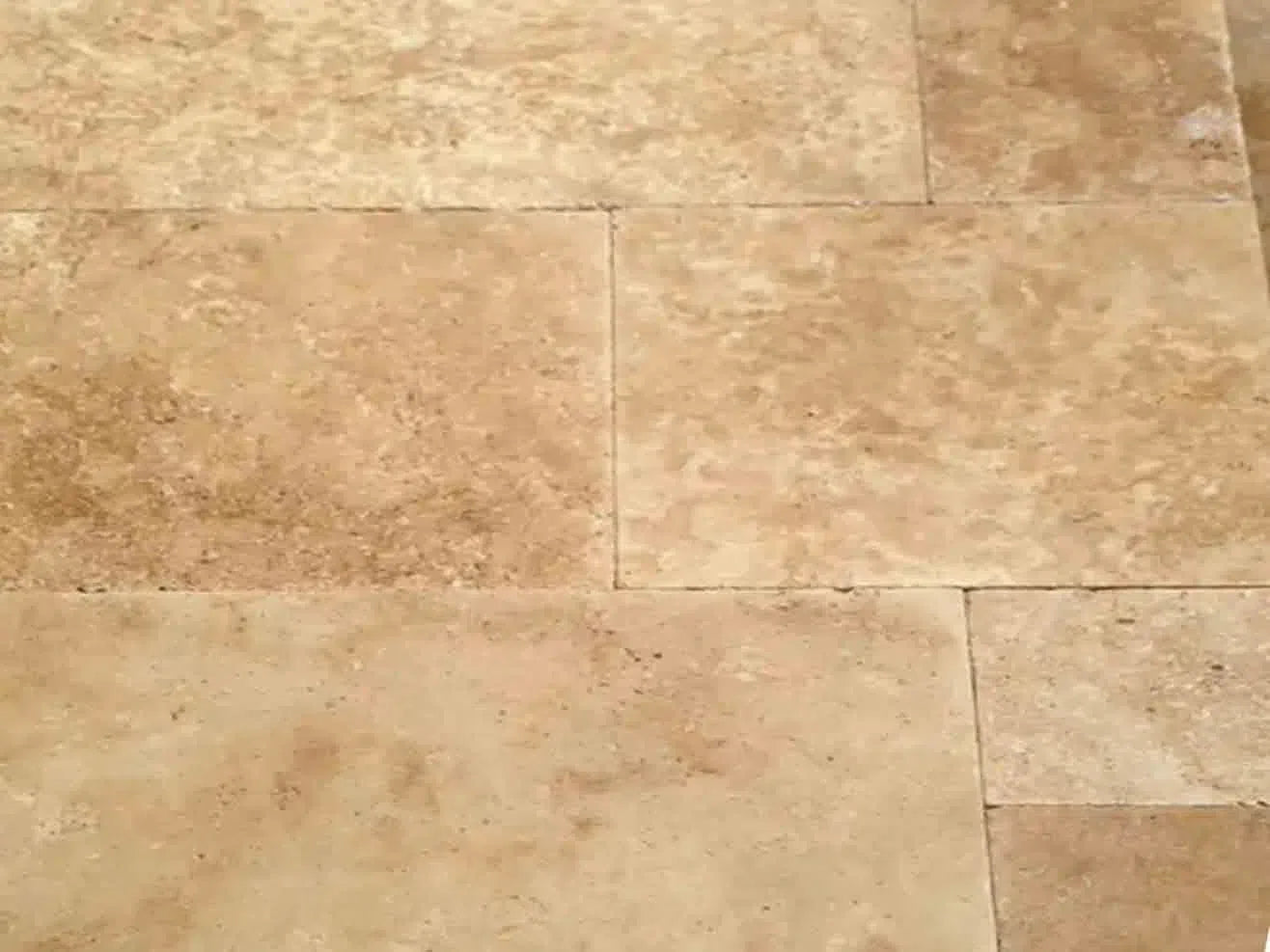 Walnut Travertine
Walnut Travertine White Onyx Marble
White Onyx Marble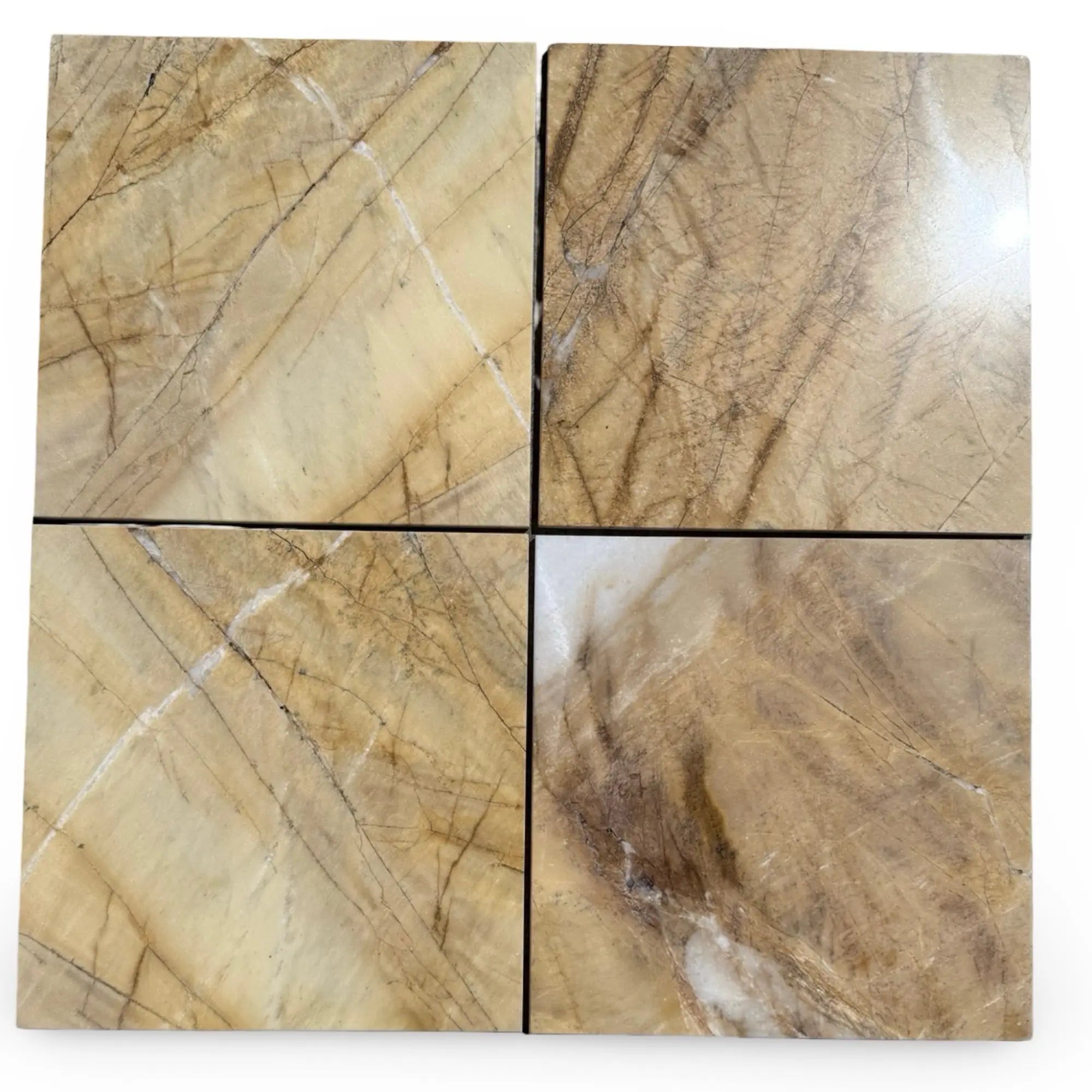 Golden Horizon Marble
Golden Horizon Marble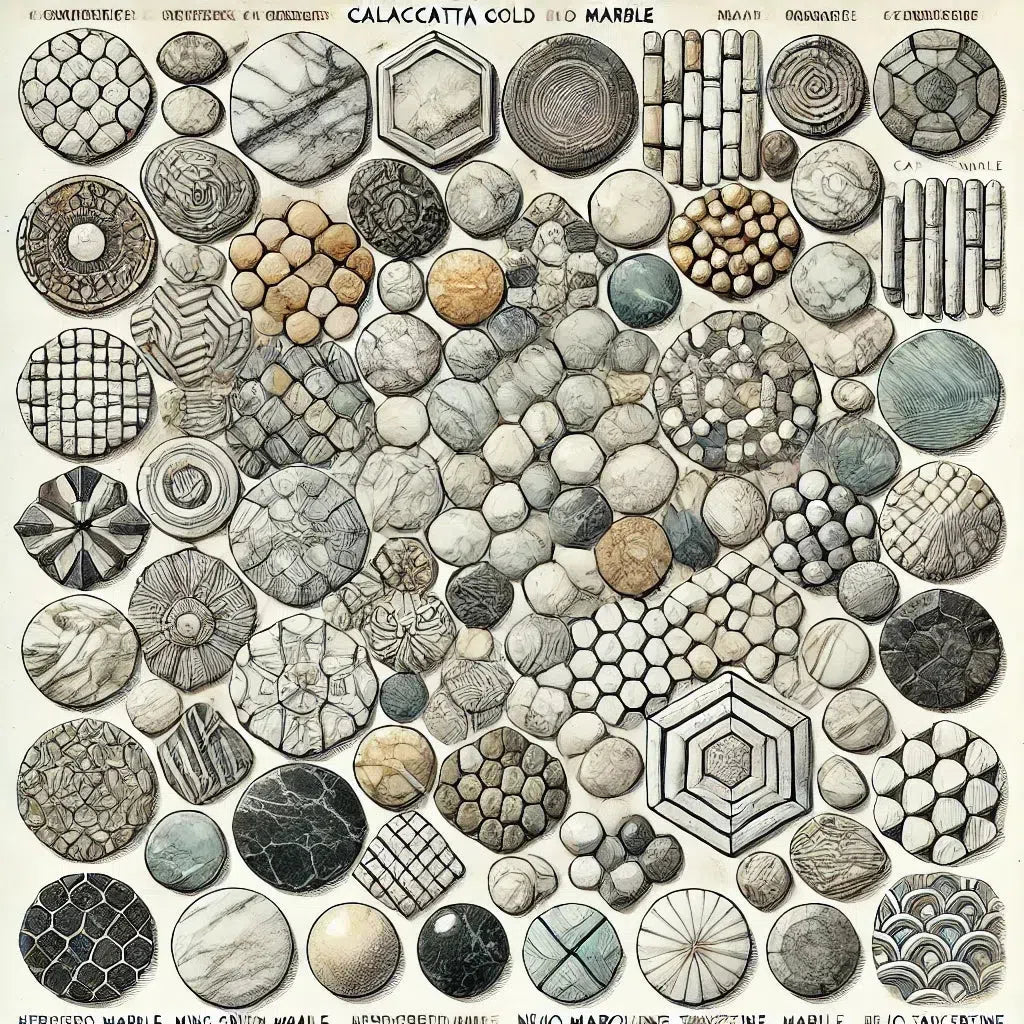 Shop By Type
Shop By Type
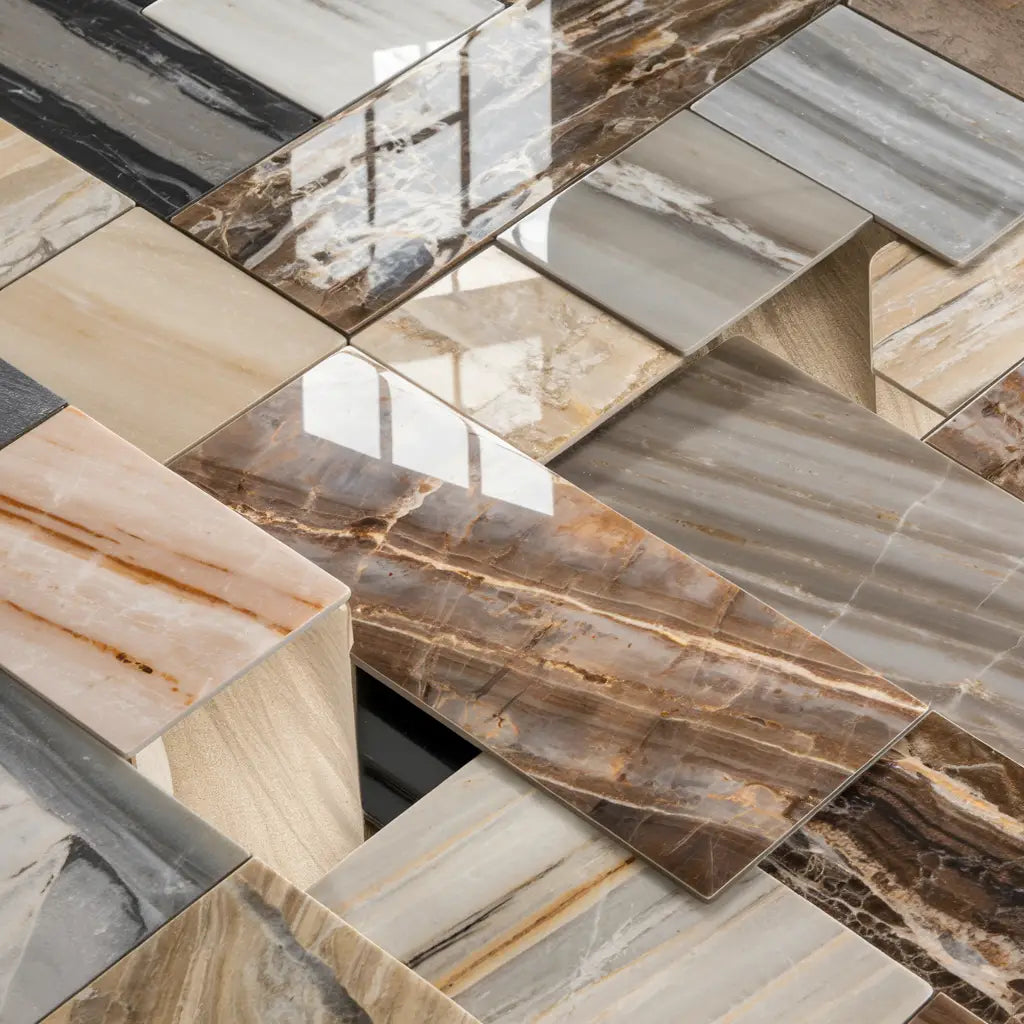 Marble Tiles
Marble Tiles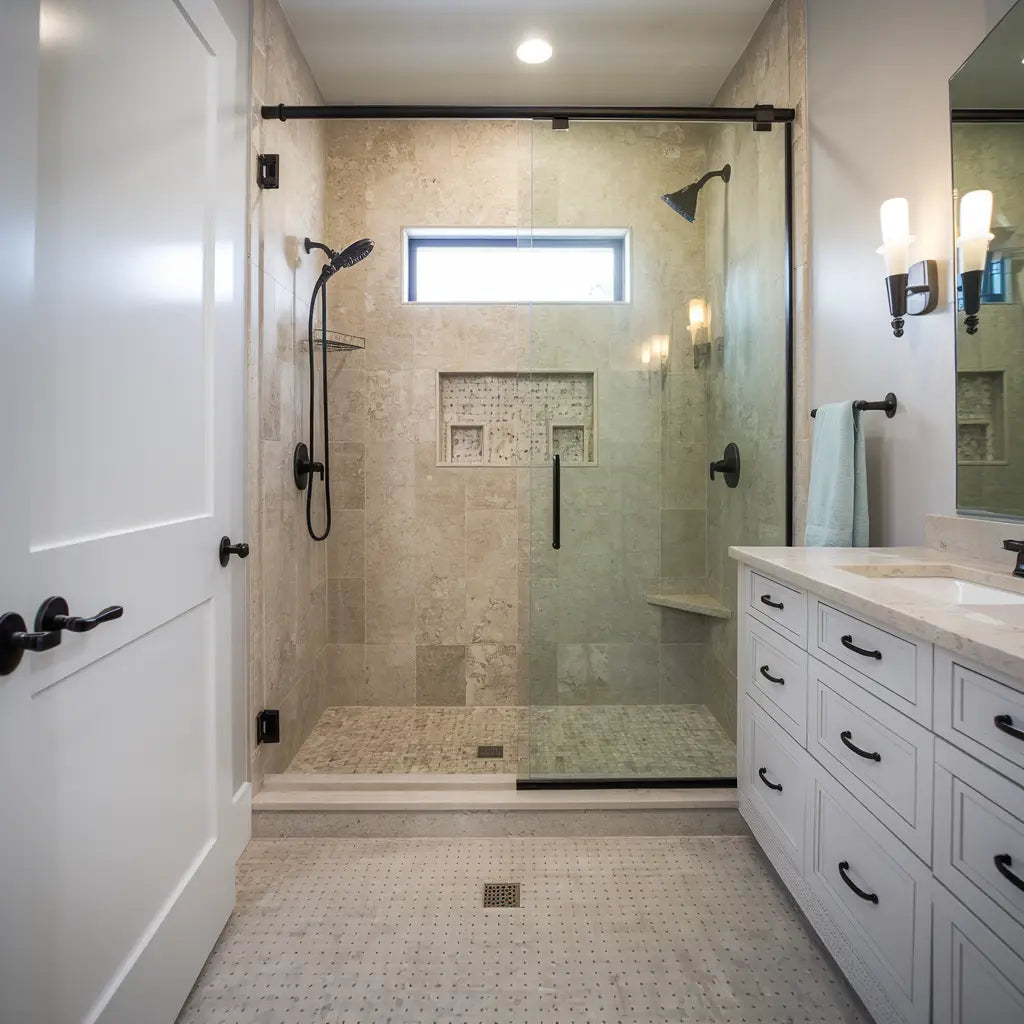 Marble Mosaic
Marble Mosaic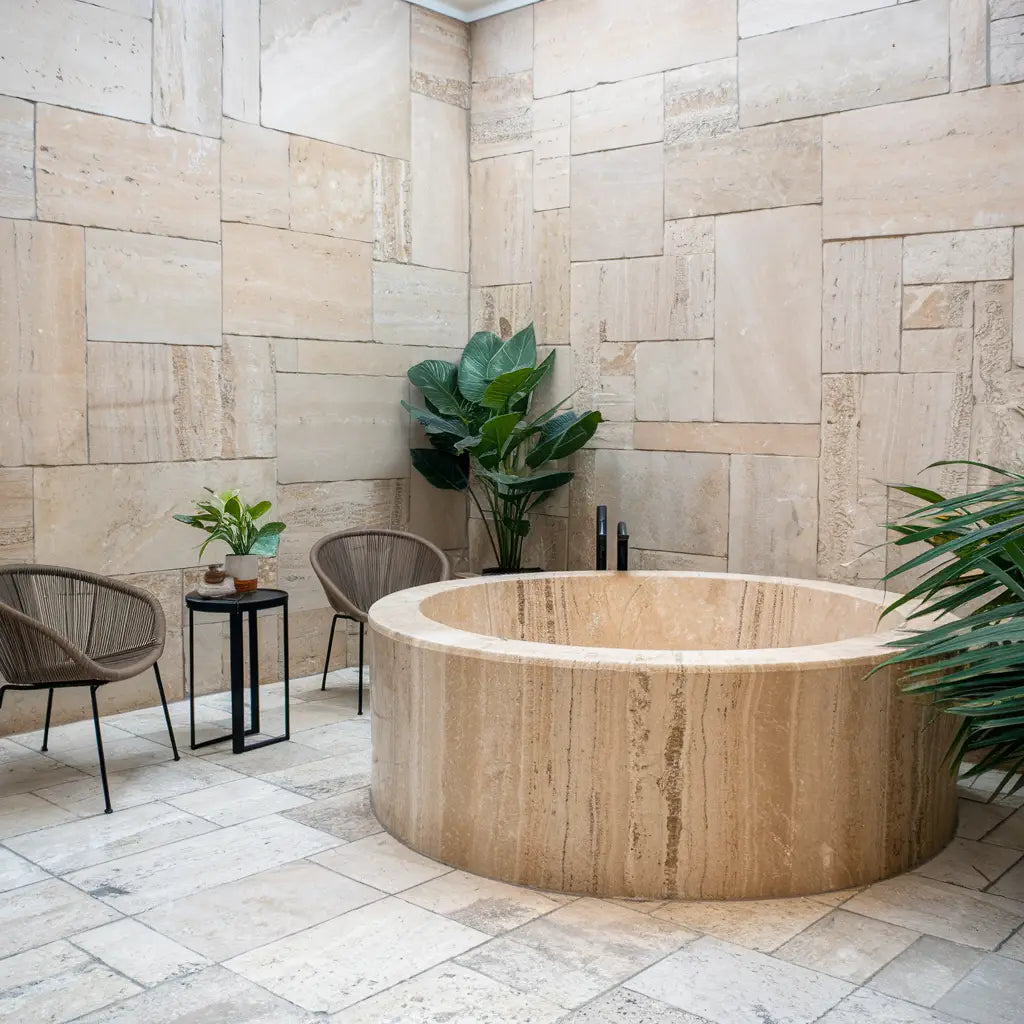 Travertine Tiles
Travertine Tiles Travertine Mosaic
Travertine Mosaic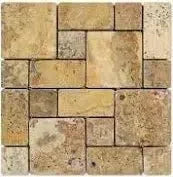 4 pcs Versailles Pattern / French Pattern Set
4 pcs Versailles Pattern / French Pattern Set Molding/Trim
Molding/Trim Border/Listello
Border/Listello Ledger-Panel
Ledger-Panel Checkerboard
Checkerboard Patterned Tile Collection
Patterned Tile Collection  Shop By Finish
Shop By Finish
 Polished
Polished Honed
Honed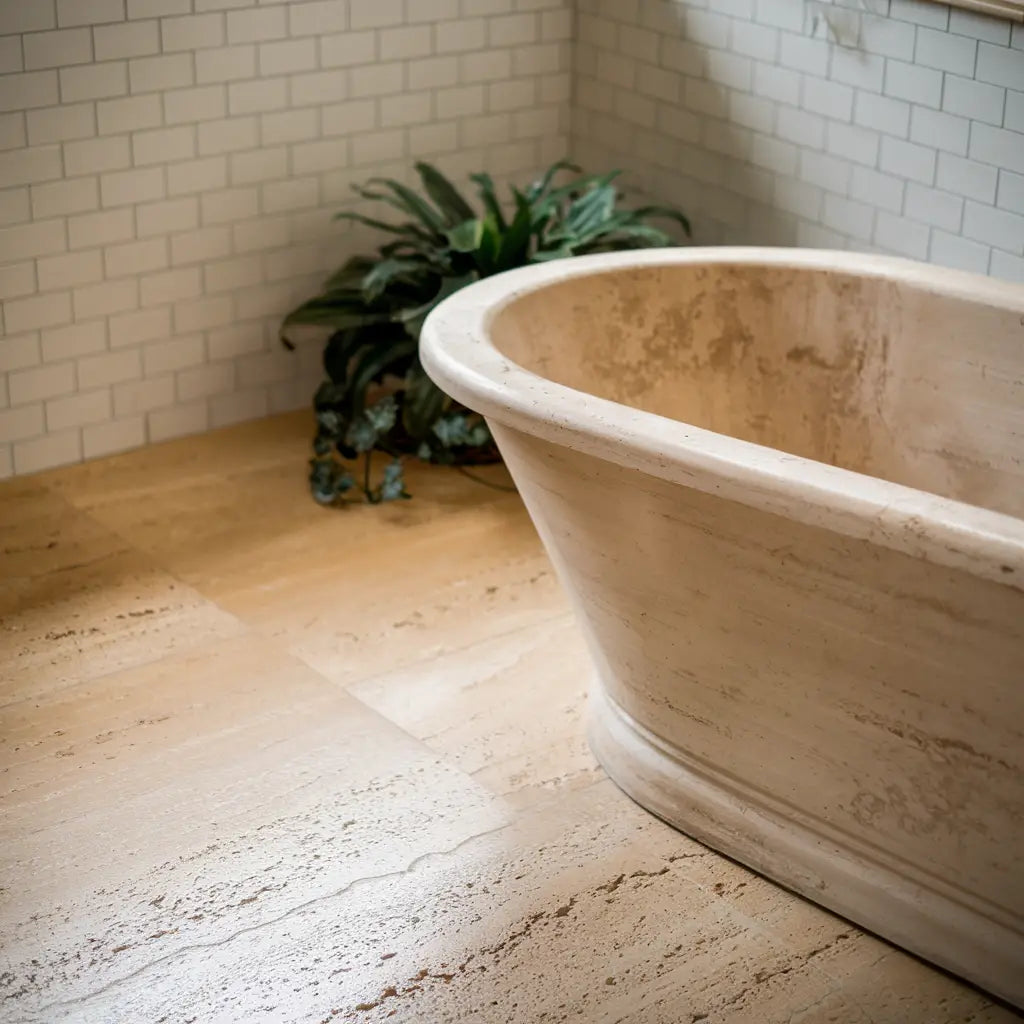 Brushed
Brushed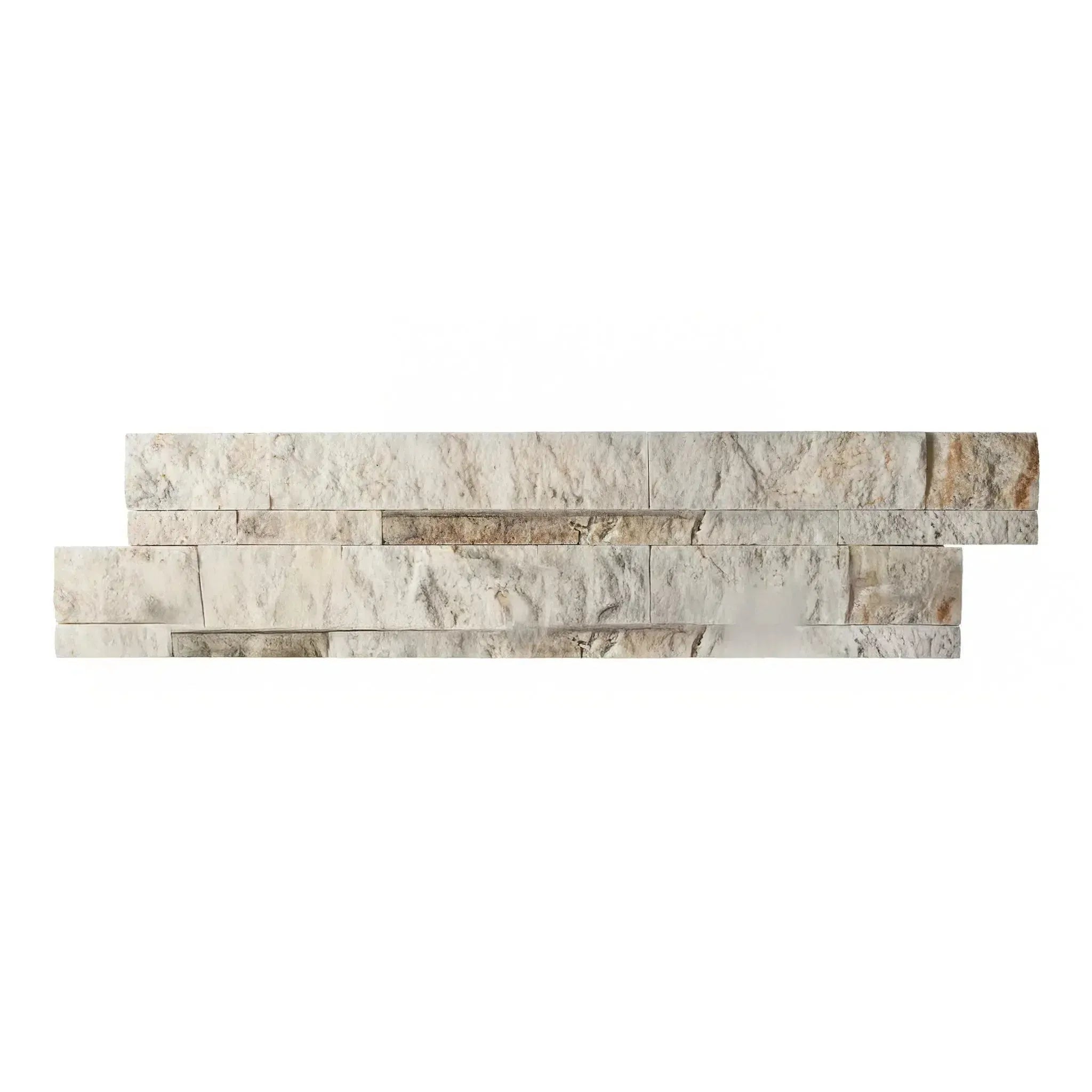 Split Face
Split Face Textured
Textured Tumbled
Tumbled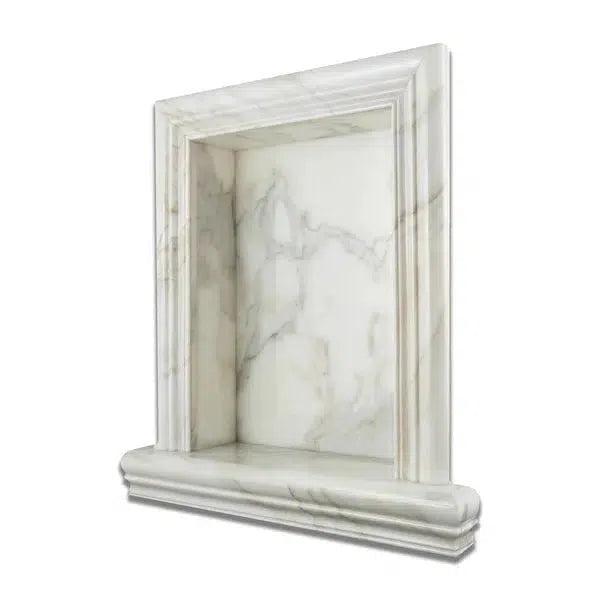 Accessories
Accessories
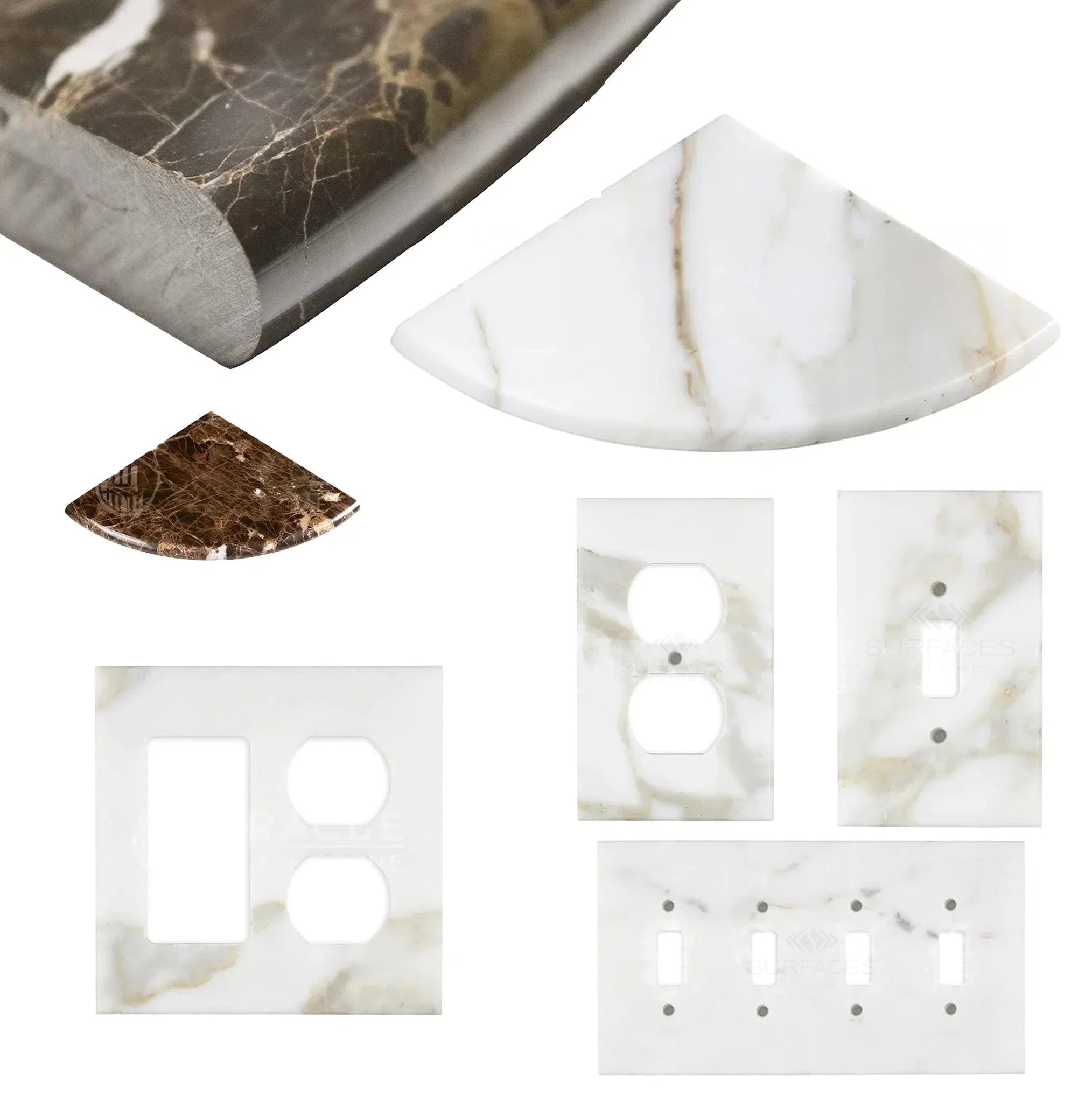 Wall Plate / Switch Plate
Wall Plate / Switch Plate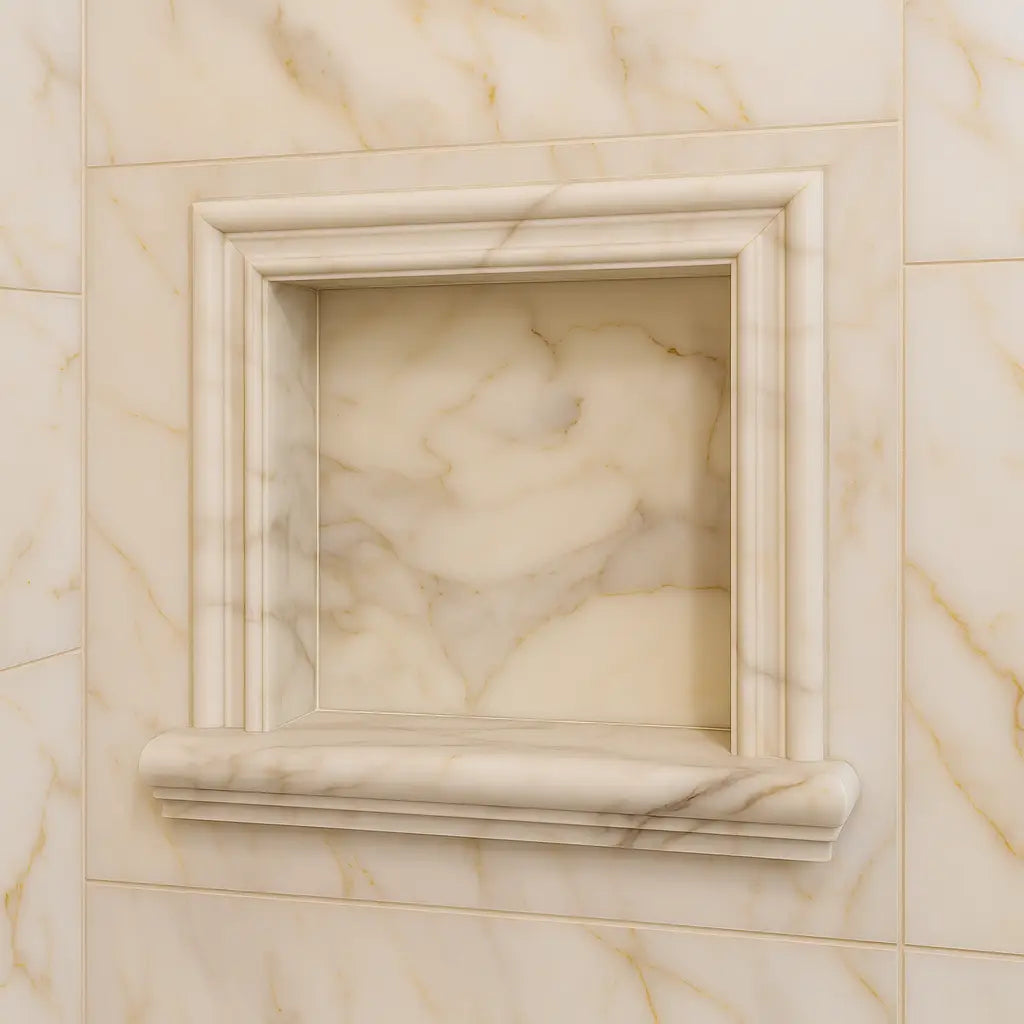 Shampoo Niche
Shampoo Niche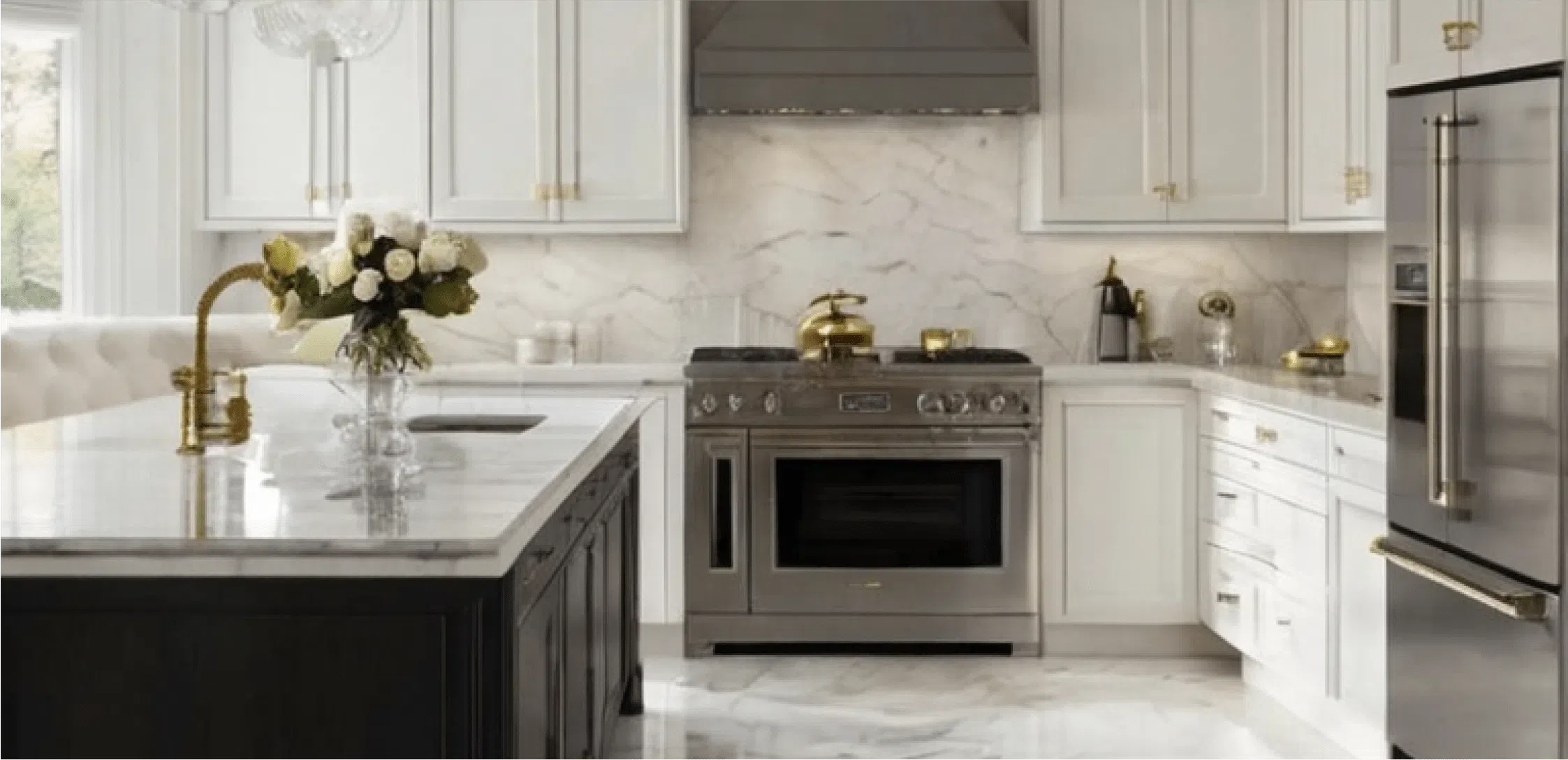 Corner Shelf
Corner Shelf Clearance
Clearance





Leave a comment